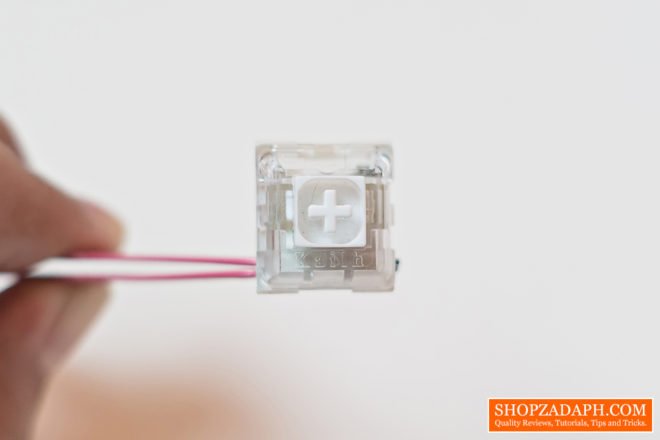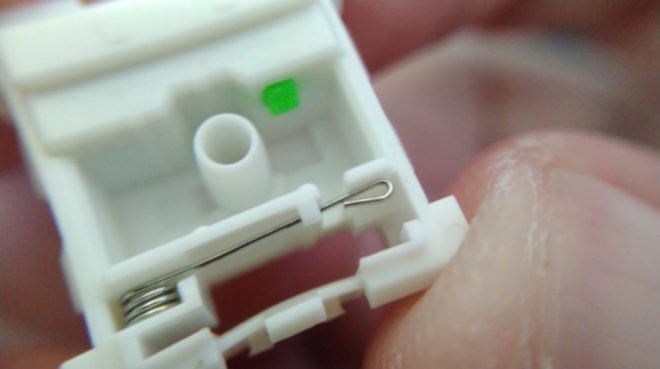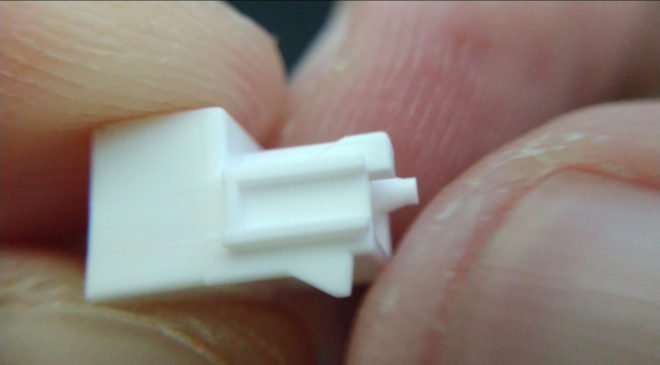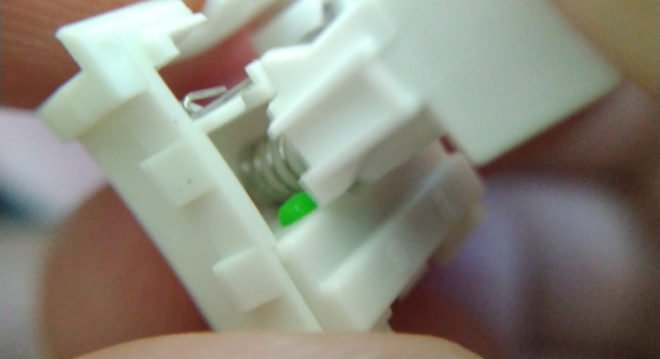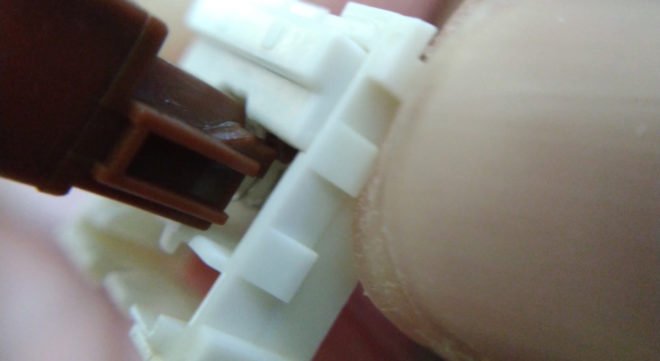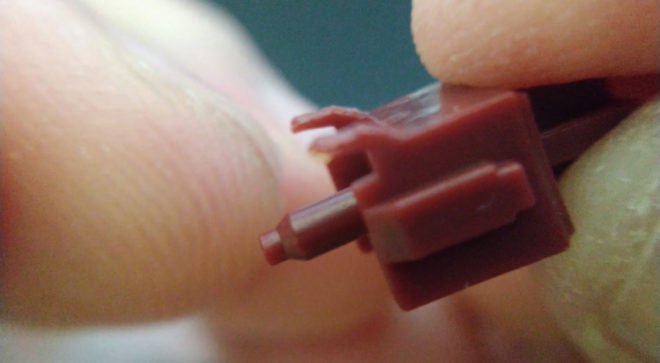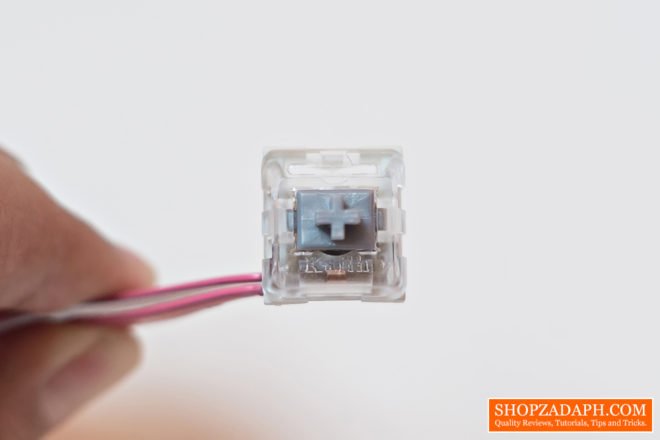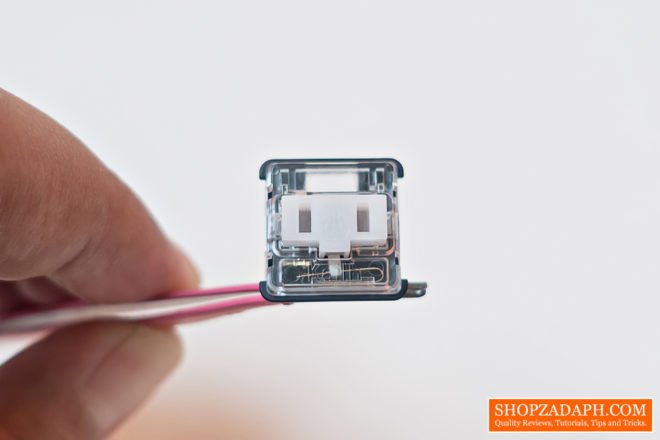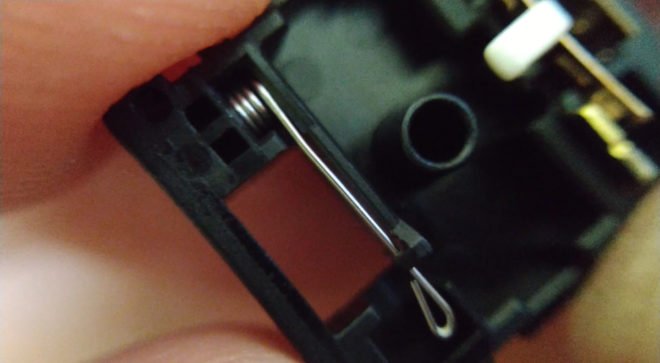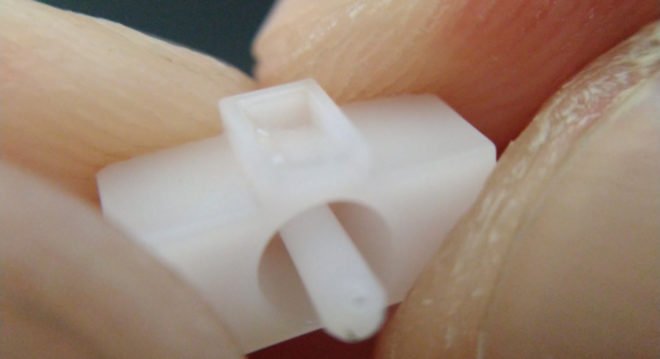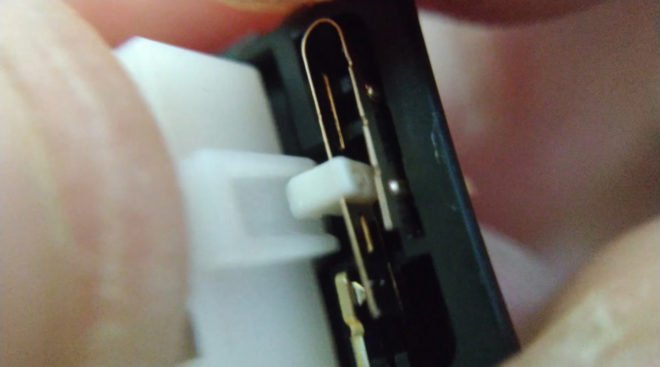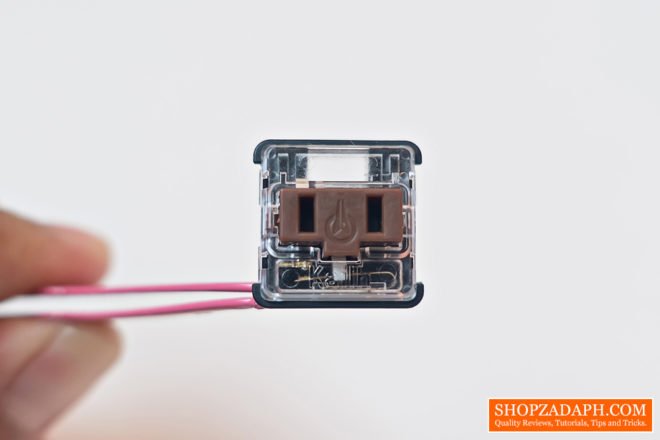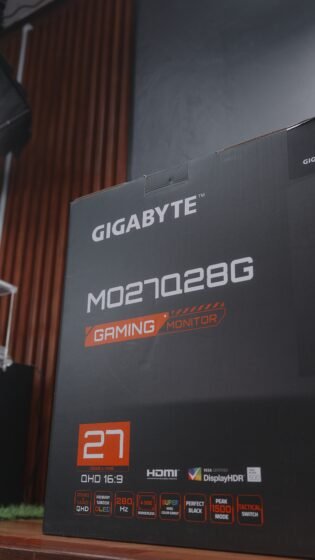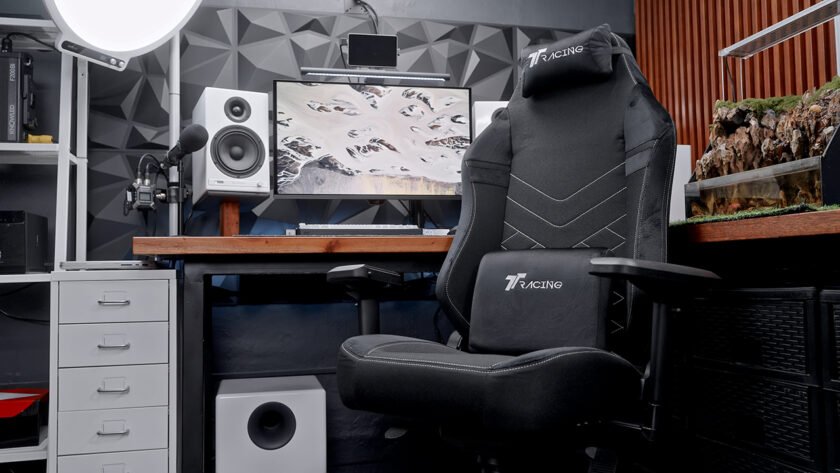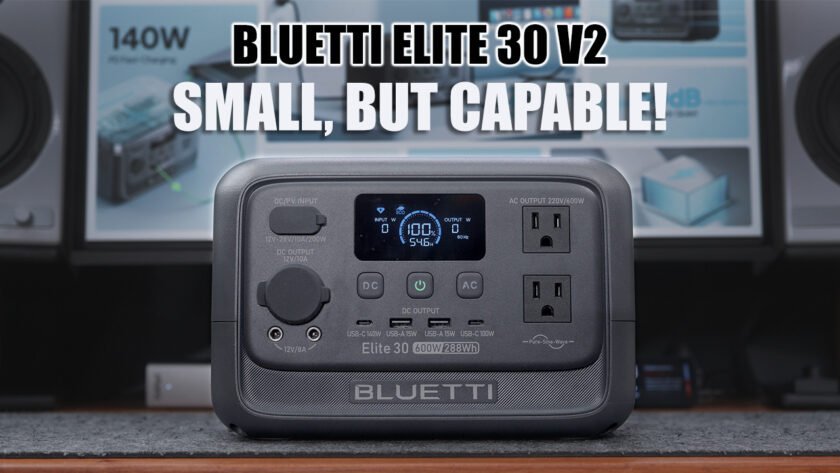As I dig deeper with mechanical keyboards, I always wanted to tear apart switches and see how they are constructed and how they differ from each other especially the ones that are different from the traditional Cherry MX switches. So today, we’ll start with the brand Kailh, a brand that manufactures different types of switches for electronics with mechanical keyboard switches being one of them and one of the reason why they are so popular. Amongst all mechanical keyboard manufacters, Kailh is one of the innovative brand when it comes to producing a variety of switches for different applications.
What we have here today are 9 switches in three different categories, the Kailh BOX switches, Kailh Speed switches and the Choc low-profile switches.
MY EARLY BREAKDOWN
Pros: Very innovative and interesting switches, There is a Kailh switch for any type of applications
Cons: Some of the switches especially with the speed lineup has some minor issues with accuracy
SPECIFICATIONS
Kailh BOX Switches
- Kailh BOX Switches are made for durability and longevity of the switches with an IP56 rating, the BOX design prevents dust and moisture to enter the switch with multiple protection. First, the stem is boxed which makes the switch sealed from the outside. Second, the top and bottom housing also has some guiding pillars for the stem to slide without much wobble minimizing the space between the materials. Lastly, the metal contacts are also sealed as a last defense.
- Interestingly, Kailh also uses a different design when it comes to the click mechanism of the Kailh BOX White, instead of the traditional click jacket, Kailh uses a click bar design instead.
Kailh BOX White – Clicky Switch
Actuation Force: 45±15gf
Actuation Distance: 1.8±0.3mm
Total Travel Distance: 3.6±0.3mm
Kailh BOX Brown – Tactile Switch
Actuation Force: 45±10gf
Actuation Distance: 1.8±0.3mm
Total Travel Distance: 3.6±0.3mm
Kailh BOX Red – Linear Switch
Actuation Force: 45±10gf
Actuation Distance: 1.8±0.3mm
Total Travel Distance: 3.6±0.3mm
Kailh Speed Switches
- Kailh Speed Switches are made to compete with Cherry MX Speed Switches with a reduced actuation and travel distance. The Kailh Speed Bronze, which is a clicky switch also uses the click bar design instead of the usual click jacket on the Cherry MX Blue Switch.
Kailh Speed Bronze – Clicky Switch
Actuation Force: 50±10gf
Actuation Distance: 1.1±0.3mm
Total Travel Distance: 3.5±0.3mm
Kailh Speed Copper – Tactile Switch
Actuation Force: 40±10gf
Actuation Distance: 1.1±0.3mm
Total Travel Distance: 3.5±0.3mm
Kailh Speed Silver – Linear Switch
Actuation Force: 40±10gf
Actuation Distance: 1.1±0.3mm
Total Travel Distance: 3.5±0.3mm
Kailh Choc Switches
- Kailh Choc Switches is Kailh’s own version of low-profile switches with a completely different design and construction compared to the traditional mechanical switches. It has a different stem which is not compatible with the usual “cross-stem” keycaps because of the low-profile form factor. It also has a different design when it comes to the metal switch contacts but it has the same click bar design for its clicky Choc White Switch.
Kailh Choc White – Clicky Switch
Actuation Force: 50±10gf
Actuation Distance: 1.5±0.5mm
Total Travel Distance: 3.0±0.5mm
Kailh Choc Brown – Tactile Switch
Actuation Force: 50±10gf
Actuation Distance: 1.5±0.5mm
Total Travel Distance: 3.0±0.5mm
Kailh Choc Red – Linear Switch
Actuation Force: 50±10gf
Actuation Distance: 1.5±0.5mm
Total Travel Distance: 3.0±0.5mm
Full Review and Switch Teardown
Kailh BOX White
Now, let’s tear these switches apart. First, we have the Kailh BOX white, as you can see the shape of the stem is very different from the traditional switch, this one as per its name is boxed because it is made to resist dust and moisture.
So when you click the switch, it minimizes the chance of dust and moisture to sip in because there’s just a little space in between the stem and the housing.
At the bottom, we have the usual 2 metal pins and a hole for the SMD lighting to pass through.

Now, here’s the bottom housing, we have the click bar mechanism right here and we also have a green plastic button that activates the switch when it gets in contact with the stem.
The stem is designed so that it can block most of the dust and moisture coming from the outside.
Now, here’s a closer look at the click bar mechanism, unlike the traditional click jacket from the Cherry MX blue switch. This one uses a metal bar to make the clicking sound. The sound is very different to Cherry MX blue because you’ll get 2 clicks, one when you press the switch, and another one when it bounces back. But it doesn’t have the usual tactile bump on the stem; the tactile feedback is coming from the actual clicking.
Here’s a closer look at how the stem gets in contact with the green plastic button that allows the metal contacts inside the enclosure to activate. Pretty interesting design indeed.
Kailh BOX Brown
Next up we have the Kailh BOX Brown, it has the same design with the BOX white but this one is tactile only and doesn’t have a click bar. It has the same bottom housing as the BOX white.
Looking closer at the stem, we can see here the bump that gives you the tactile feel and it also has some factory lube on it.
Here’s a closer look at how the tactile bump gets in contact with the plastic button that also activates the switch. I personally like tactile switches because it is relatively quiet while still providing me with enough feedback to know that the switch is already activated.
By the way, the spring determines the amount of force required to activate a particular switch and an aspect that you can change or customize on your own depending on your personal preference. Let say, you want a tactile switch but with heavier actuation, then you can just simply replace the spring.
Now, when it comes to the top housing of these Box switches, as you can see there are 2 slots or pillars that help the BOX stem glide up and down. The whole design makes it hard for dust and moisture to sip in but it’s not waterproof since it only has an IP56 rating.
Kailh BOX Red
Next up we have the Kailh BOX red, it also has the same BOX design and the only difference is that since it is linear, it doesn’t have any tactile bump and a click bar mechanism. So the stem just simply glides up and down in linear fashion making it relatively quiet.
Kailh Speed Bronze
Moving on to our next category, we have here the Kailh Bronze Speed.
This one has the traditional design when it comes to the stem but has a somehow similar design for the bottom housing with the BOX switches with the click bar slot but the switch contacts are bare.
Here’s a closer look at how the switch work, the Kailh bronze speed is clicky so it has the same click bar design here that provides a high-pitched double clicking sound.
Note: One known issue with Kailh Speed Bronze is that it actuates before the click, but you’ll only notice that when you press the switch slowly. In real world performance, you won’t event notice it.
The stem is linear so the tactile feedback only comes from the clicky feel.
Now, here’s a closer look on how the switch contact works, the stem once pushed allows the metal leaf to get in contact and close the circuit. pretty interesting right?
Now for the housing, it looks like it is also different from the Kailh BOX switches.
Kailh Speed Copper
Next we have the Kailh speed copper, which basically has the same top and bottom housing except that it doesn’t have a click bar mechanism since this is a tactile only switch.
Now, here’s a closer look at the stem with a very subtle tactile bump.
It also has some factory lube that allows it to slide up and down quite smoothly. The bump really looks subtle that’s why you’ll barely feel it actually compared to let say a Cherry MX brown switch. As per my testing, the bump is on the high side and it’s possible to feel the bump before you even actuate the switch which for me is not very ideal, but you’ll only recognize that if you press the switch slowly.
Kailh Speed Silver
Next, we have the Kailh speed silver, which is linear so it doesn’t have the click bar mechanism as well as any tactile bump. It has a decently smooth up and downstroke.
Now, here’s a closer look at how the switch work and as you can see, the stem doesn’t have a tactile bump and also doesn’t have a click bar mechanism.
Kailh Choc White
Moving on to our last category, we have the Kailh choc white. Like the Kailh BOX white, it is clicky using the same click bar mechanism but has a very different construction and overall design.
Tearing this apart reveals the bottom hosing with a very interesting switch design here that allows it to be as short as possible, the switch action is the same but in a very compact form factor.
The click bar design is also the same as you can see here.
The biggest difference is with the stem, it is very short and uses a different standard when it comes to keycap compatibility. This switch like the Kailh BOX white, doesn’t have any tactile bump.
Now, here’s a closer look at how the switch work, as you can see the contact point of both parts is at the center rather than on one side like the box switches.
Kailh Choc Brown
Next, we have the Kailh Choc brown, this one like any other brown switch is tactile only so it doesn’t have any click mechanism and has a tactile bump on the stem. It basically has the same design with the Kailh choc white minus the click bar.
Kailh Choc Red
Last but not the least, we have the Kailh choc red, it basically has the same characteristics as the choc brown but it doesn’t have a tactile bump since this is a linear switch.
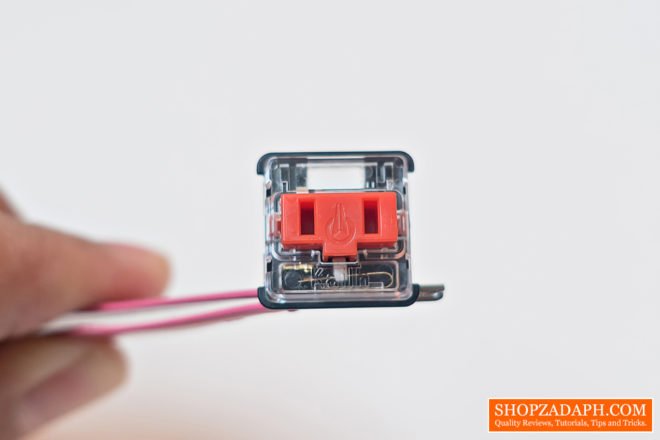
VERDICT
To conclude, if you prefer loud and clicky switch, you have the Kailh BOX White, Speed Bronze and the Choc White if you’re looking for a low profile keyboard. If you prefer a tactile only switch like me, you have the Kailh BOX Brown, Speed Copper and Choc Brown. And lastly, if you prefer a relatively silent switch, then you can choose from the Kailh BOX Red, Speed Silver and the Choc Red. All these switches are very decent and popular amongst keyboard enthusiast, though the speed switches has some minor accuracy issues, it’s really not a big deal when it comes to real world performance. Overall, I like these Kailh Switches and If I need to choose one, I’ll choose either the Kailh Speed Brown or the Kailh BOX Brown.
Akko Steam Engine Keycaps Review – SA VS OEM profile
X-Bows Ergonomic Mechanical Keyboard Review – Silent Gateron Brown
Geek GK64 Mechanical Keyboard Review + GK64 VS GK61
Royal Kludge RK71 Mechanical Keyboard Review – RK Blue Switch
Motospeed CK62 Mechanical Keyboard Review – Outemu Red
Geek GK61 Optical Mechanical Keyboard Review – Optical Gateron Brown
Anne Pro 2 60% Mechanical Keyboard Review – Gateron Brown!
Royal Kludge G87 Mechanical Keyboard Review – RK Brown Switch
Kailh Switches Review and Teardown – Kailh Switch Tester!

The Broll who always got your back online!


